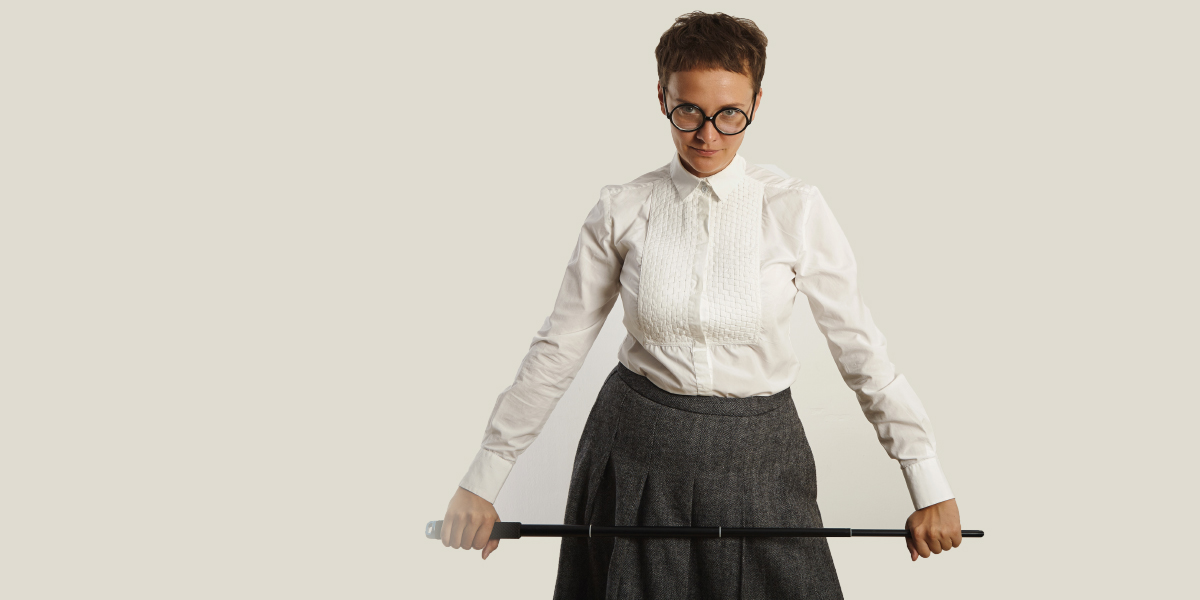I got a message from a friend asking me whether it is OK that her 5-year-old daughter was asked by her kindergarten teacher to sit on the ‘punishment chair’ (or the ‘naughty chair’ or the ‘time-out chair’ or the ‘you name-it-how-you-like-to-hide-the-word-punishment’). Her daughter was sad and did not know why she had to go to this (pretty scary, if you ask me) chair of isolation or humiliation. Not surprisingly, I was outraged!
Text by Maria Davou
And so I realized that I am infinitely patient, eternally calm and beautifully serene with children but furiously angry/painfully furious with adults. Especially adults who have decided to become professional educators.
Punishments (of any kind) are stupid. S.T.U.P.I.D. They are stupid because they mean 1) you have not studied anything on modern pedagogy, 2) you have not read anything on why punishments with children are ineffective and 3) you chose the wrong job.
So back to punishment: it is cruel. But even if you don’t believe it’s cruel and for some reason (that requires soul-searching and psychotherapy) you think it’s lovely, punishment does not work. It does not teach anything good. It does not help the child understand any consequence. Perhaps it does teach the child one thing though: to hide better next time. What punishment teaches the child is to avoid punishment. Be careful, not to avoid repeating the ‘bad’ action. To find a way to avoid being punished for it! Hmmmm…so with your punishments, what do you really teach? Should I spell it out for you?
Create a loving, calm, non-violent atmosphere. Accept and involve everyone. Share your values and develop a clear framework within which there’s freedom but for which the limits are clear. Make children feel safe. Respect them.
In fact, if you do not want to spend time reading (easily downloadable) articles from Academia, a little googling always helps. The American Academy of Pediadrics is “against physical punishment in and outside of school.” It urges parents (and even more educators, I guess) “to use healthy discipline methods for children and teens.” Here’s what the children doctors suggest:
- Praise good behavior.
- Be a role model for good behavior.
- Set limits and expectations.
- Ignore bad behavior or redirect your child away from the bad behavior.
I simply say, model what you want to see. Create a loving, calm, non-violent atmosphere. Accept and involve everyone. Share your values and develop a clear framework within which there’s freedom but for which the limits are clear. Make children feel safe. Respect them. They are allowed to make millions of mistakes. Explain why they are mistakes (not because YOU say so but because they have consequences for the child and the community around them).
Finally, if you (like the teacher at the beginning of this article) like punishing children, there are jobs out there for you. But they have nothing to do with education._
PS. If you google ‘punishment chairs’ or ‘time-out chairs’, you will come across some pretty scary stuff and not only in terms of the issue discussed here but also in terms of objectification, perpetuating stereotypes, toxic masculinity etc. What a world for children… •
